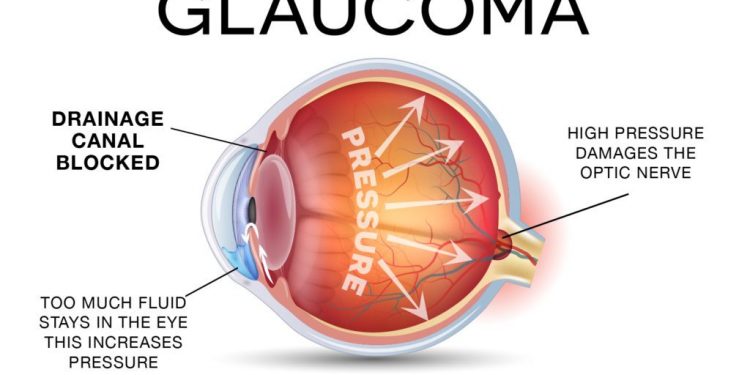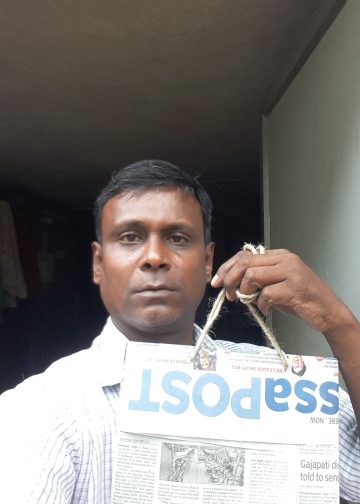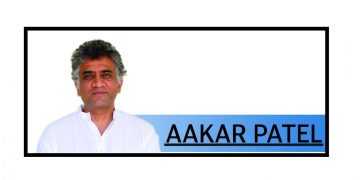Bhubaneswar: Many in India often ignore the early signs of glaucoma, an irreversible eye disease that ultimately leads to blindness, said ophthalmologists, Thursday, on the eve of World Glaucoma Day.
The experts claim that the country is on its way to become a hotbed of glaucoma patients in the future.
Glaucoma is an eye disorder where the fluid between the outer portion of the eye and lens gets affected leading to simultaneous damage to the optic nerve connecting the eye to the brain due to increased pressure on eye.
“Increasing population of senior citizens, diabetics and people with refractive errors, the known potential risk factors, are set to make glaucoma a rapidly emerging non-communicable ocular disease in the country, which already houses 20 per cent of the world’s blind population,” said Dr Purnima Biswal, an ophthalmologist from the city.
She also said, “Next to cataract, and untreated refractive errors, glaucoma is the third leading cause of blindness in India. However, glaucoma is more complex and dangerous as the sight loss caused by it is progressive and, unlike cataract, is irreversible.”
Experts claim that regular checkups and awareness on the initial symptoms of the disease can help in fighting the disease better.
“The best treatment of the disease is to detect it earlier. Neglect can damage the eye completely living little hope for treatment in advanced stages,” said Dr Pooja Sah, another ophthalmologist.
She also added, “To check the disease, those above 40 years of age should get their eyes checked in every six months. People above 40 years whose spectacle powers are frequently changing are also susceptible to the disease. In the early stage, the person starts losing sight from the corner of the eye which progresses towards the centre. As it starts with mild symptoms, people tend to ignore it.”
Those above 40 years, and who have a family history of glaucoma, and diabetes, and people with refractive errors and those who take steroid medications, eye drops, pills, inhalers, and skin creams are considered at risk populations.






































